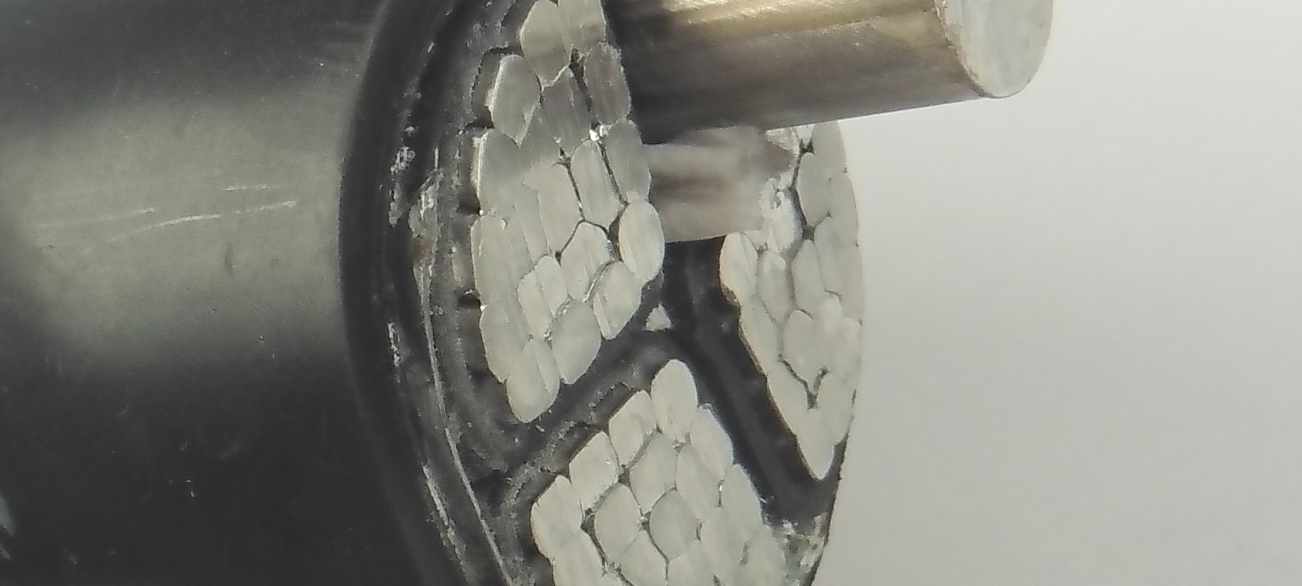With a turnover of 2.7 billion euros, 40% of which on the export market, the manufacturers of energy and communication cables and wires established in France are one of the heavyweights of the French industry. In order to be able to maintain their international leadership, they asked Sycabel, the Professional union of ma-nufacturers of electric and com-munication wires and cables, to carry out a generic study with the objective of assessing the service life of the cables currently used in the public low-voltage distribution network (1 to 1.5 kV). In more concrete terms, these cables connect the low voltage source substations, via the network cables in the street, to the cables used for connection to the customer meters. These cables are made up of a sheath, a galvanised steel screen, aluminium electric conductors and an aluminium neutral conductor, either lead coated or not. “We asked Cetim to design a test method to assess the condition of the cables used in the network, as these are between thirty and thirty-five years old on average”, explains Philippe Giffard, Sycabel tech-nical manager. “We also wanted to be prepared for a possible change to the REACH regulation, involving a total ban on the use of lead in the next generations of electric cables .”
A method also useful for R&D
As an additional constraint, the new products will have to comply with the interministerial technical order on the protection of third parties. With its extensive experience in corrosion, Cetim proposed a dedicated experimental characterisation method and relied on its subsidiary, Etim, to perform environmental (salt spray) and drying cycling tests. This study made it possible to assess the service life of the existing networks. And Philippe Giffard to con-clude: “We are very satisfied with our collaboration with Cetim, as they were able to design a suitable testing method which can also be used to test all the cables which are being designed by manufacturers.”



